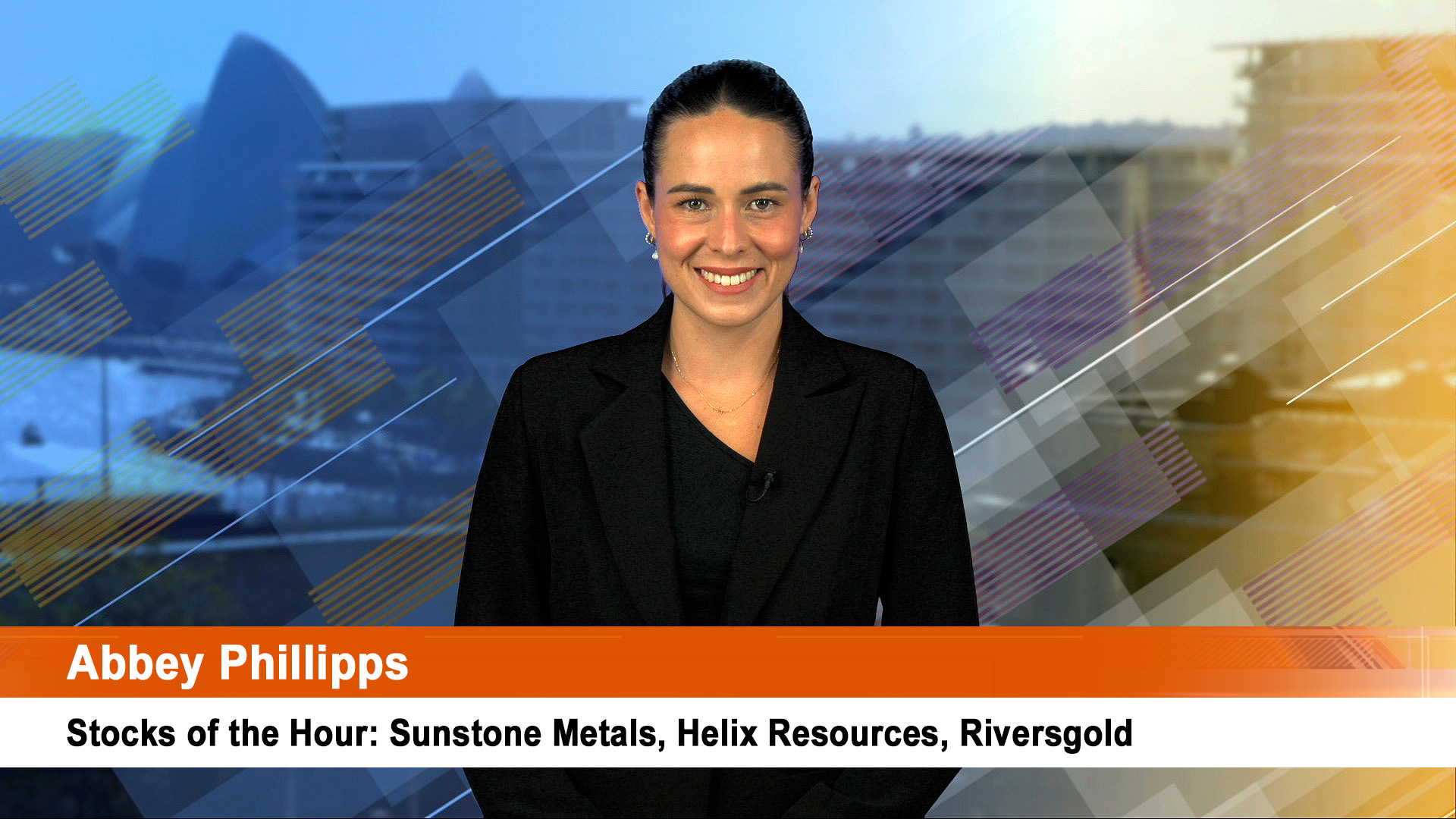
India’s rebounding economy is accelerating.
Growth in the financial year to March 31 is now forecast at an annual 7.2%, up from the previous forecast of 6.7%.
Government estimates released this week indicate strong growth in the industrial and services sector is helping the economy rebound after growth slowed in 2008-09 in the wake of the global financial crisis.
India’s growth fell from more than 9% in the 2008 financial year to 6.7% in 2009.
Now, according to advance estimates released by the country’s Central Statistical Organisation, farm output is estimated to contract by 0.2%, hurt by a poor monsoon and the downturn in sugar production.
Services will record moderate growth and manufacturing is estimated to expand by 8.9%.
That’s up sharply from the 2.4% achieved in the 2008-09 financial year, when the global financial crisis rattled markets and economies everywhere, including India.
Some forecasts have the economy growing faster in the 2011 financial year.
For example, Citigroup sees India’s economic growth in the 2011 financial year rising to 8.4%, but has also cut its estimate of agriculture growth to 4% from 5% previously.
That means more growth will come from the services sector, which has been sluggish after the impact on technology groups providing IT services.
The Reserve Bank of India sees 2010 growth a bit faster.
In its latest Monetary policy Statement, released late last month, it saw it at 7.5%.
"In the Second Quarter Review of October 2009, we projected GDP growth for 2009-10 of 6% per cent with an upside bias.
"Recent movements in the indicators of real sector activity suggest that the upside bias has materialised.
"Assuming a near zero growth in agricultural production and continued recovery in industrial production and services sector activity, the baseline projection for GDP growth for 2009-10 is now raised to 7.5%.
"Looking ahead to 2010-11, our preliminary assessment of the baseline scenario is that the current growth will be sustained," the bank said.
Some forecasters are saying that the stronger growth estimates could see the government unwinding stimulus measures in the annual 2010-11 budget presentation on February 26.
A key part to be watched in the budget will be proposals from the Congress led government for cutting spending and therefore helping reduce the budget deficit from its 16-year high of 6.8% of GDP.
Higher growth will mean higher tax receipts, which will help but markets want to see the government haul back on spending
The Reserve Bank of India has already raised bank reserve requirements to try and curtail asset growth and lending.
It has started withdrawing its crisis measures and it has warned of mounting inflation pressures, setting the stage for rates to rise.
The Indian central bank said last month:
"Based on the latest evidence, the baseline projection for WPI inflation for end-March 2010 is now raised to 8.5 per cent.
"As in the case of growth, we shall formally announce our inflation projection for 2010-11 in April 2010.
"However, on the assumption of a normal monsoon and global oil prices remaining around the current level, it is expected that inflation will moderate from July 2010.
"This moderation in inflation will depend on several factors, including the measures taken and to be taken by the Reserve Bank as a part of the normalisation process."
Some economists in Mumbai suggest April as when rates will rise.
The Sensex, the Indian stockmarket’s main index, has fallen 7% this year on the prospect of higher borrowing costs as economic growth and inflation accelerate, and worries about sovereign debt in Greece, Spain and Portugal prompted investors to take profits from emerging markets and sit on the sidelines.
Global bank, HSBC is bearish on Indian inflation.
It sees wholesale prices rising by 10% annually during this year, up from the previous estimate of 8%.
A reason for this upgrade is the boost to food prices from the poor monsoon (the worst in 37 years), especially the sugar shortage.
Government data says food prices are now rising at an annual 17%.
In the Australian Reserve Bank’s Monetary Policy Statement last week, the central bank looked at the rising importance of India to Australia.
"The growing importance of India in the global economy has also been reflected in a rise in India’s importance as a trading partner for Australia.
"Indian demand for Australia’s exports has risen sharply, with particularly rapid growth over the past decade. This has seen India’s share of Australia’s total exports increase to around 6½ per cent – a four-fold increase in less than a decade.
"Growth has been rapid for exports of both goods and services.
"Part of the increase in goods exports to India reflects gold exports, which have risen from negligible levels a decade ago to account for around two-fifths of total Australian gold exports in recent years.
"Much of these gold exports to India are ‘re-exports’ – gold that has been imported from elsewhere for processing in Australia – and thus the value added of these exports is relatively low.
"Coal exports have also risen strongly over the past decade and accounted for over 40 per cent of Australia’s total goods exports to India in 2008/09.
"Coal exports are likely to continue to grow over the next few years, as significant planned expansions in India’s steelmak













